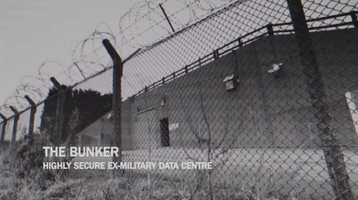Disaster recovery company Databarracks has launched ’Cyber-Disaster Recovery as a Service’ (Cyber-DRaaS) to detect cyber-attacks early and roll back user data to the last clean replication point in Databarracks’ UK-based, ex-military data centers.
Databarracks combines its Disaster Recovery as a Service (DRaaS) platform with Trend Micro’s Deep Security to first try to stop attacks, and then recover quickly if that fails by automating the process of finding the most recent clean replica of an organization’s production systems.
Your personal files are encrypted
“Cyber threats like ransomware and malware are the fastest-growing concern we hear from our customers around business continuity and the single biggest cause for significant recovery,” Peter Groucutt, managing director at Databarracks said.
“Traditional disaster recovery isn’t optimised for cyber-attacks. Recovering from ransomware would mean trawling through historic versions of backups in order to find clean data then starting a lengthy recovery process.”
Ransomware has increasingly become a concern for enterprises around the world, although a reliance on self-reporting attacks means that the scale and growth of the threat is unknown.
Security firm Kaspersky said: “In the past two years, ransomware has seen a significant increase as more users choose digital storage methods over physical record-keeping for critical documents, photos and other information.”
In 2015, more than 58 percent of corporate PCs were attacked with malware, Kaspersky Labs claims.
Last month, Trend Micro said: “While ransomware isn’t new, the malware type is certainly seeing a surge in development, both on the technical and the social engineering side… and it’s not just taking on individual users, as the past months have shown how ransomware can take down entire networks, or severely hamper critical systems of healthcare and educational facilities, as well as other large organizations.
“The extortion model has since evolved to the point where Ransomware-as-a-Service (RaaS) has become a viable distribution model.”

